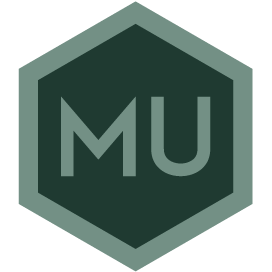A project of the University of Milan within the MUSA framework to explain the key concepts of work inclusion in an accessible and visual way, overcoming linguistic and cultural barriers.
Clearer and More Accessible Language for Talking About Inclusion in the Workplace: This is the goal of the Glossary of Inclusion, the research project developed within Spoke 6 of the MUSA program, coordinated by a group of scholars from the Department of Private Law and History of Law at the University of Milan.
The glossary, available in open access, aims to “explain clearly, but never simplistically, some terms related to inclusion in the workplace, often used improperly both in common language and in the media,” explains researcher Maria Cristina Degoli. “These are words like mobbing, harassment, discrimination, which very often have crossed the legal and legislative boundaries in which they are framed and are used without the speaker really being aware of their legal and cultural meaning.”
To meet this challenge, the glossary adopts a simple and intuitive structure, accompanied by a graphic layout that helps in understanding the content. Each term is accompanied by a clear definition, an explanation of the legal protection provided, and a concrete example. In addition, each entry is accompanied by a graphic representation designed to reinforce the message even for those with linguistic or cognitive difficulties.
“We have designed small human beings, two stylized figures that have no gender characterization,” continues Degoli. “Human characteristics, such as age, are rendered graphically with a color accent. For example, in the entry on age discrimination, one of the characters has a stick that recalls the idea of advanced age. This allows for an immediate association between image and concept.”
The project is not aimed at children or adolescents, but at a heterogeneous adult audience, with the ambition to overcome cultural and linguistic barriers through the power of visualization and accessible language. “We have also thought of those who do not speak Italian or English well,” adds Degoli, “and we have accompanied each entry with these vignettes, which help anyone to understand the content effectively.”
The glossary will be completed by the end of the three-year research period. “We are finalizing the English part and defining the script of the vignettes with the graphic designer, which form a coherent conceptual map. The layout is repeated, to give a familiar environment to those who consult the glossary. No distracting superstructures, only clear and accessible content.”
The complete team is composed of:
Maria Teresa Carinci, Full Professor of Labor Law, University of Milan
Francesca Marinelli, Associate Professor of Labor Law, University of Milan
Maria Cristina Degoli, Researcher in Labor Law, University of Milan
Giulia Menegon, Lawyer
Paolo Ferrante, Cartoonist
And a special thank you for the technical work of Dr. Michela Giudici, web communication and IT security officer, technical-administrative staff, University of Milan.





